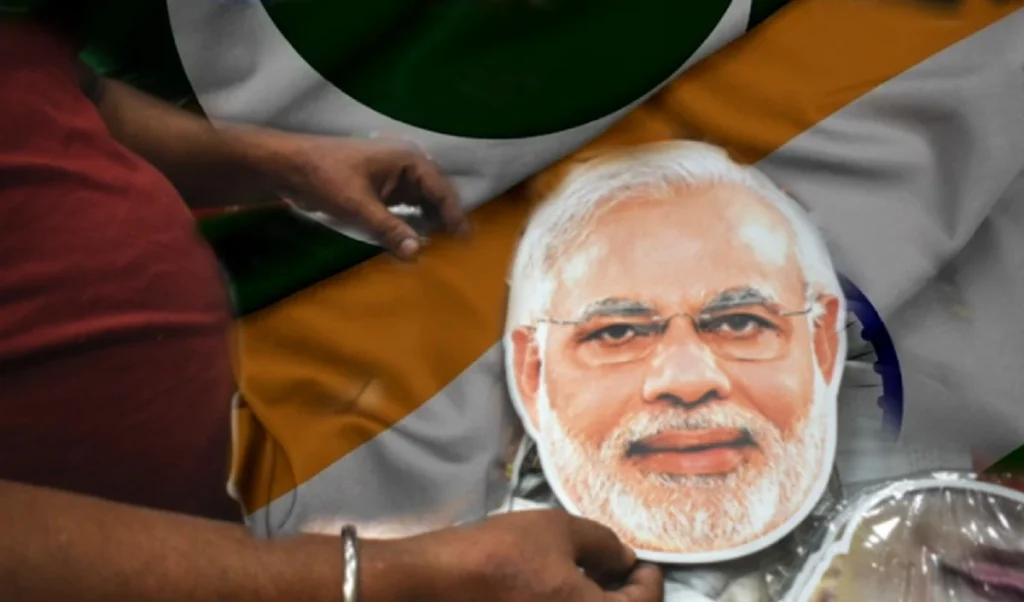Bangladesh is grappling with a wave of protests and violence. The violence that started with protests against the controversial quota system that gave 30 percent reservation to the descendants of the 1971 war led to the fall of Sheikh Hasina’s government as she resigned from the post bowing to public pressure and fled the country. The new interim government formed under the leadership of Nobel laureate Muhammad Yunis is trying to resolve the situation and bring things under control as soon as possible. As the situation in the South Asian nation continues to evolve, an alleged letter from Sheikh Hasina, which was later refuted by her son, called the expulsion a part of a US conspiracy. The entire controversy was around St. Martin Island, which is an island inside Bangladesh Exclusive Economic Zone (EEZ), which the US had earlier sought. However, the alleged letter was denied to have any facts by her son, so it is necessary to understand what the St. Thomas Island case was all about and what other factors proved to be detrimental to Bangladesh-US relations.
Also read: Anarchy spreads in Bangladesh, threat of terrorist attack in India increases
Why has the island of St. Martin been a political issue for decades?
The dispute over St. Martin’s Island, situated on the south-eastern tip of Bangladesh, first arose in the 60s. Students of the then East Pakistan Students League and some leftists alleged that Pakistan’s military dictator General Ayub Khan had leased the island to the US to build a military base to counter India. However, the dispute ended after the formation of Bangladesh in 1971.
What is the story of St. Martin Island?
In 1900, a team of British surveyors included St. Martin’s Island as part of the British Raj in India. It was named after a Christian priest, St. Martin. It is the only coral reef area in Bangladesh. Any construction on the island requires the approval of the Environment Department. Thus any construction on the island is illegal. Despite this, the island has more than 230 hotels, resorts and cottages.
Controversy surrounding the island of Saint Martin
The dispute over the St. Martin Islands dates back to the 2000s when it was alleged that the US wanted to acquire the island to set up its military base, a claim denied by the then US envoy to Bangladesh Mary Ann Peters, who said that the country had no plans, no need and no desire for a military base on St. Martin Island, Chittagong or anywhere else in Bangladesh. There have also been allegations that former Bangladesh PM Khaleda Zia wanted to sell the island to the US in exchange for help in winning elections. The island holds strategic importance for the US as it is close to the Strait of Malacca, a narrow stretch of water that is crucial for the flow of trade from African and Middle Eastern countries to Southeast Asia and China. China’s import of fuel and other critical raw materials from Africa passes through Malacca. Making it a military base gives additional leverage in the Indo-Pacific region.
Also read: Government’s ultimatum to protesters in Bangladesh, if within a week…
Controversy not confined to St Martins
However, the dispute between Bangladesh and the United States is limited to St. Martins only. One of the other issues is human rights. The US has been raising concerns from time to time over alleged human rights abuses in Bangladesh. In one such tense moment, the US imposed sanctions on the leaders of the Rapid Action Battalion (RAB). On December 10, 2021, the US Treasury Department imposed sanctions on the elite paramilitary force RAB along with seven of its current and former officials, citing human rights violations. The list of individuals included the then and former RAB chiefs, Chowdhury Abdullah al-Mamun and Benazir Ahmed, respectively. In response, the Bangladesh government summoned the US ambassador and expressed dissatisfaction.


